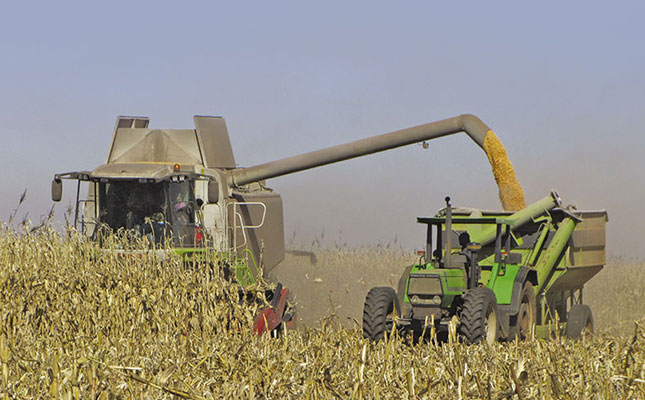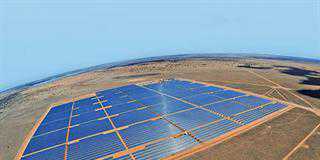
The Automobile Association of South Africa is forecasting record increase in fuel prices for October, including a possible R1,38/litre increase in the wholesale diesel price.
The wholesale diesel price for September, ranging from R13,92/litre to R14,45/litre, was 23% up on the price for September 2017.
READ Diesel tree: fuel for the alternative energy sector
In many instances, the current price already makes diesel the second highest input cost after fertiliser for the for the 2018/2019 season’s summer crops production, according to Grain SA.
Senior economist at Grain SA, Corné Louw, told Farmer’s Weekly that crude oil price increases in early September along with the weakening rand, were the primary drivers behind the large fuel prices increases expected in October.
Louw added that continued fuel prices increases would not only undermine the profitability of grain producers, but could also contribute to even greater food price inflation.
“As more than 80% of our [grain production] inputs are imported, transport takes up a large [proportion] of the cost. The same goes for produce that needs to be transported to the markets and the end-consumer.”
READ Tips for buying a good second-hand bakkie
According to a recent report by the Bureau for Food and Agricultural Policy (BFAP) on the expectations for food inflation to the end of the year, the exchange rate of the rand against major currencies was currently dominating South Africa’s food inflation dynamics.
This had a negative impact on primary commodity prices, as well as also food manufacturing and distribution costs.
A key international factor that could support oil prices for the remainder of the year was sanctions imposed on Iran by the US and possibly also European countries.
“At the moment, market sentiment suggests that the effect of this could be offset by lower demand for oil amid the raging trade dispute between [the] US and China.”
Locally, the main uncertainty was the mid-term budget to be presented in October, as this could affect South Africa’s investment status as well as the performance of the rand, the report stated.
Fuel prices were regulated by government on an import parity basis, which was affected by international fuel prices linked to the crude oil price, as well as the exchange rate of the rand, Louw added.
“Fuel levies and taxes also make up a large chunk of our local [diesel] price; 47% of the current price is made up of levies, taxes, margins and transport. Effectively, the actual fuel makes up [only] 53% of the current [diesel] price.”











